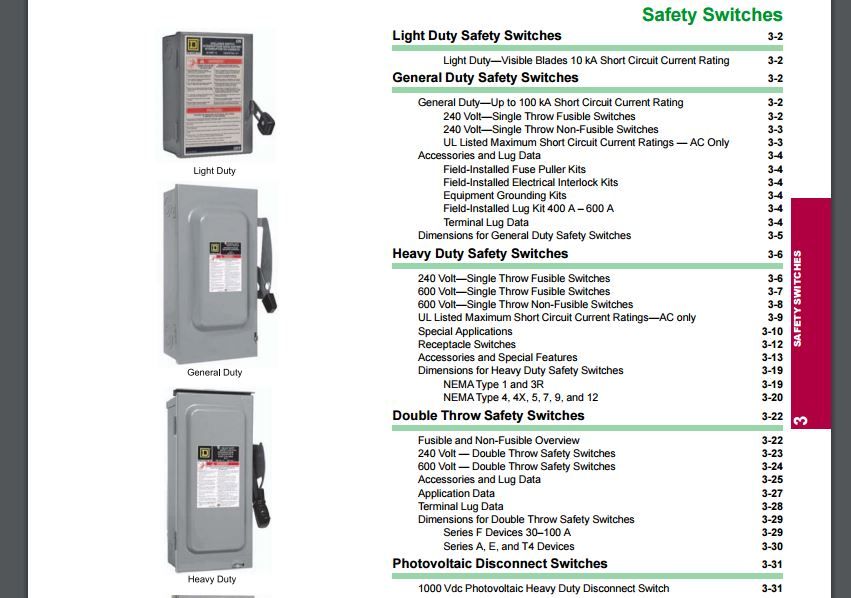peter d
Senior Member
- Location
- New England
I didn't want to hijack this thread but you have to tell that story.
Nothing to it really other than the instructor was adamant that a GD disconnect could not be installed in a dwelling for the aforementioned reasons. But, nothing new for this guy as he had a tendency to make up code rules as he went along. He also said that die cast EMT connectors were not listed for grounding. :roll:



